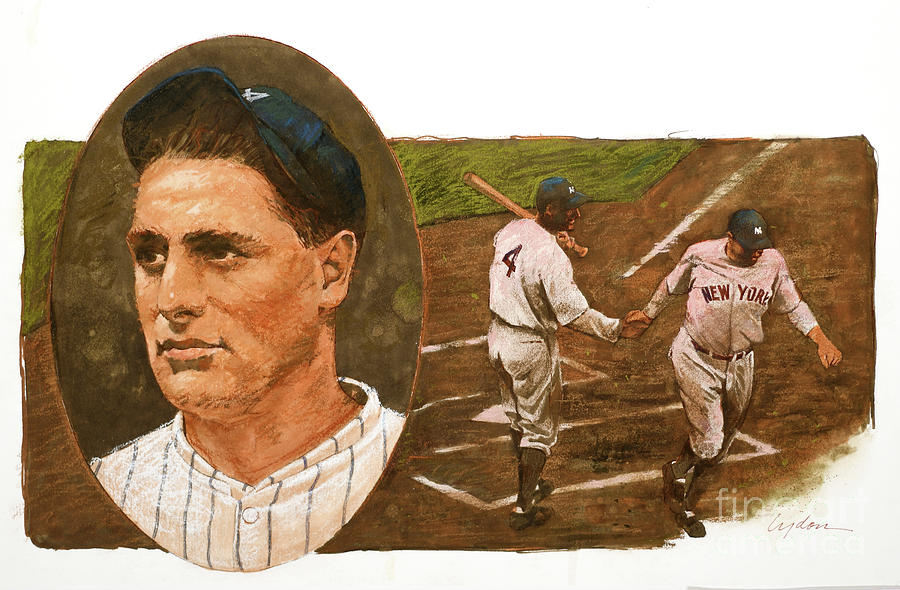
Baseball Legends - Lou Gehrig

by Tom Lydon
Title
Baseball Legends - Lou Gehrig
Artist
Tom Lydon
Medium
Painting - Mixed Media On Construction Paper
Description
After baseball became popular in the early 1900's, major league officials appointed a commission to investigate the origins of the game. Despite the plentiful information to the contrary, the commissioners reported that Abner Doubleday invented the sport in 1839 in Cooperstown, New York. Actually, historians today doubt Doubleday played a large role, if any, in the creation of baseball. Still, the rules used today are similar to rules used during Doubleday's time, with the exception of a few important changes adopted during the second half of the nineteenth century. For instance, early games were played until one team scored twenty-one points. The present nine-inning rule wasn't adopted until 1857. Then, as now, three strikes made an out -- but initially strikes had to be pitches swung at and missed. When a coach in the early days said, "Wait for the right one," the batter might wait a long, long time -- thrown strikes weren't recognized until 1868. Furthermore, a batter couldn't be walked until 1879, and even then only after nine balls; the present four-ball walk rule was introduced in 1889. These rule changes led the way to modern baseball and legendary players like Lou Gehrig.
Please note the "Fine Art America" watermark will not appear on the painting or any print reproduction.
Artwork Copyright © 1989 Wind River Studios Holdings, Inc. All Rights Reserved under United States and international copyright laws. You may not reproduce, distribute, transmit, or otherwise exploit the Artwork in any way. Any sale of the physical original does not include or convey the Copyright or any right comprised in the Copyright. WRSH Stock Number XB11896
Uploaded
April 23rd, 2022
Statistics
Viewed 1,611 Times - Last Visitor from New York, NY on 04/23/2024 at 3:24 AM
Embed
Share
Sales Sheet
Comments
There are no comments for Baseball Legends - Lou Gehrig. Click here to post the first comment.























































